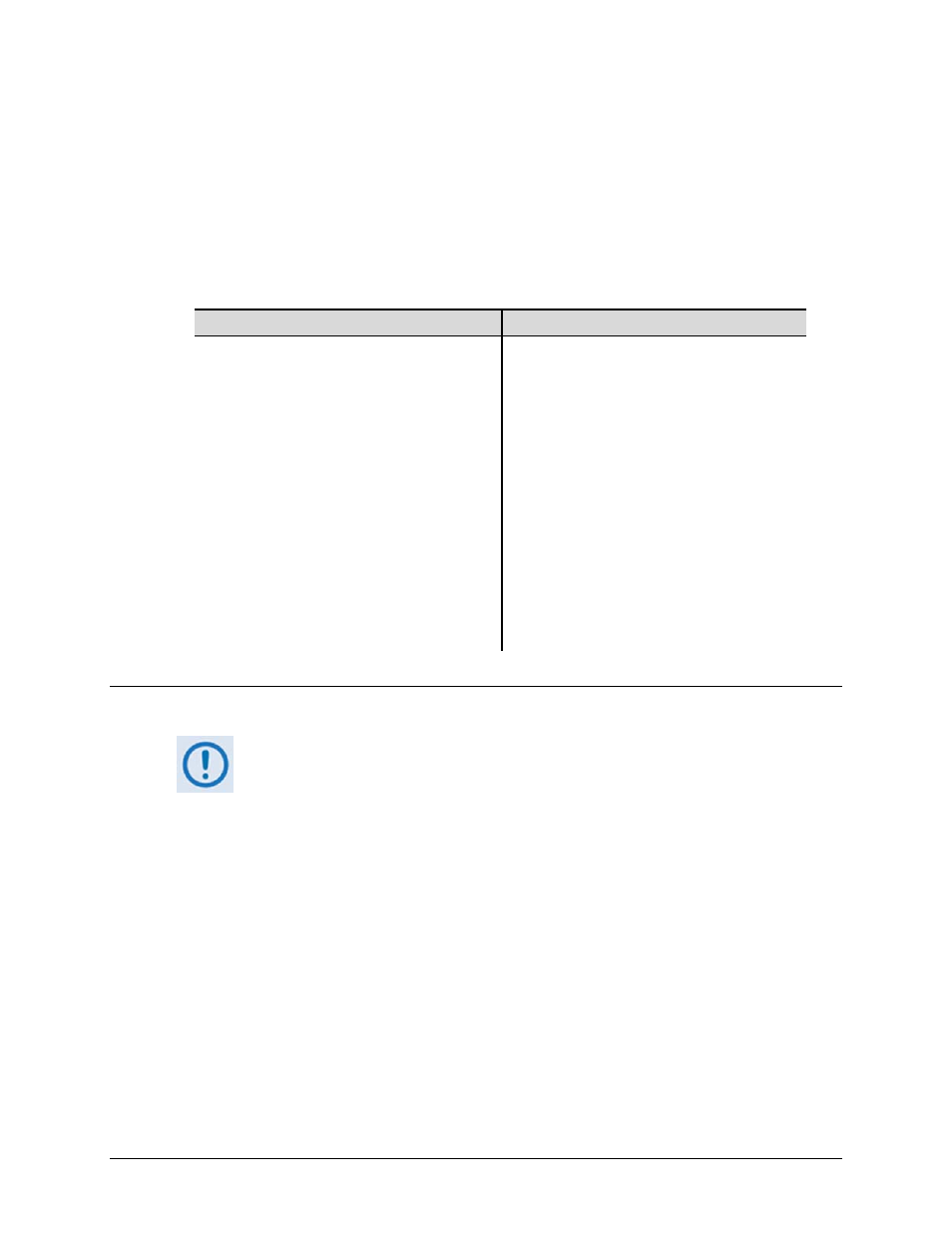3 reed-solomon outer codec (hardware option) – Comtech EF Data CDM-570 User Manual
Page 168

CDM-570/570L Satellite Modem with Optional IP Module
Revision 12
Forward Error Correction Options
MN/CDM570L.IOM
8–2
transmitted data rate, and doubles the occupied bandwidth of the signal. Rate 7/8 coding, at the
other extreme, provides the most modest improvement in performance, but only expands the
transmitted bandwidth by 14%. A major advantage of the Viterbi decoding method is that the
performance is independent of data rate, and does not display a pronounced threshold effect (i.e.,
does not fail rapidly below a certain value of E
b
/N
o
). Note that in BPSK mode, the CDM-
570/570L only permits a coding rate of 1/2. Because the method of convolutional coding used
with Viterbi, the encoder does not preserve the original data intact, and is called non-systematic.
Table 8-1. Viterbi Decoding Summary
FOR
AGAINST
• Good BER performance - very useful
coding gain.
Higher coding gain possible with other
methods
• Almost universally used, with de
facto standards for constraint length
and coding polynomials.
• Shortest decoding delay (~100 bits)
of any FEC scheme - good for coded
voice, VOIP, etc.
• Short constraint length produces
small error bursts - good for coded
voice.
• No pronounced threshold effect -
fails gracefully.
• Coding gain independent of data
rate.
8.3
Reed-Solomon Outer Codec (Hardware Option)
It cannot be emphasized strongly enough that the purpose of the
concatenated Reed-Solomon is to dramatically improve the BER
performance of a link under given noise conditions. It should NOT be
considered as a method to reduce the link EIRP to the point where
rain-fade margin, particularly at Ku-band, is no longer required.
The concatenation of an outer Reed-Solomon Codec with Viterbi decoder first became popular
when Intelsat introduced it in the early 1990s. It permits significant improvements in error
performance without significant bandwidth expansion. The coding overhead added by the RS
outer Codec is typically around 10%, which translates to a 0.4 dB power penalty for a given link.
Reed-Solomon codes are block codes (as opposed to Viterbi which is convolutional), and in order
to be processed correctly the data must be framed and de-framed.
Additionally, Reed-Solomon codes are limited in how well they can correct errors that occur in
bursts. This, unfortunately, is the nature of the uncorrected errors from a Viterbi decoder, which
produce clusters of errors that are multiples of half the constraint length. For this reason, the data
must be interleaved following RS encoding, and is then de-interleaved prior to decoding. This
ensures that a single burst of errors leaving the Viterbi decoder is spread out over a number of
interleaving frames, so errors entering the RS decoder do not exceed its capacity to correct those